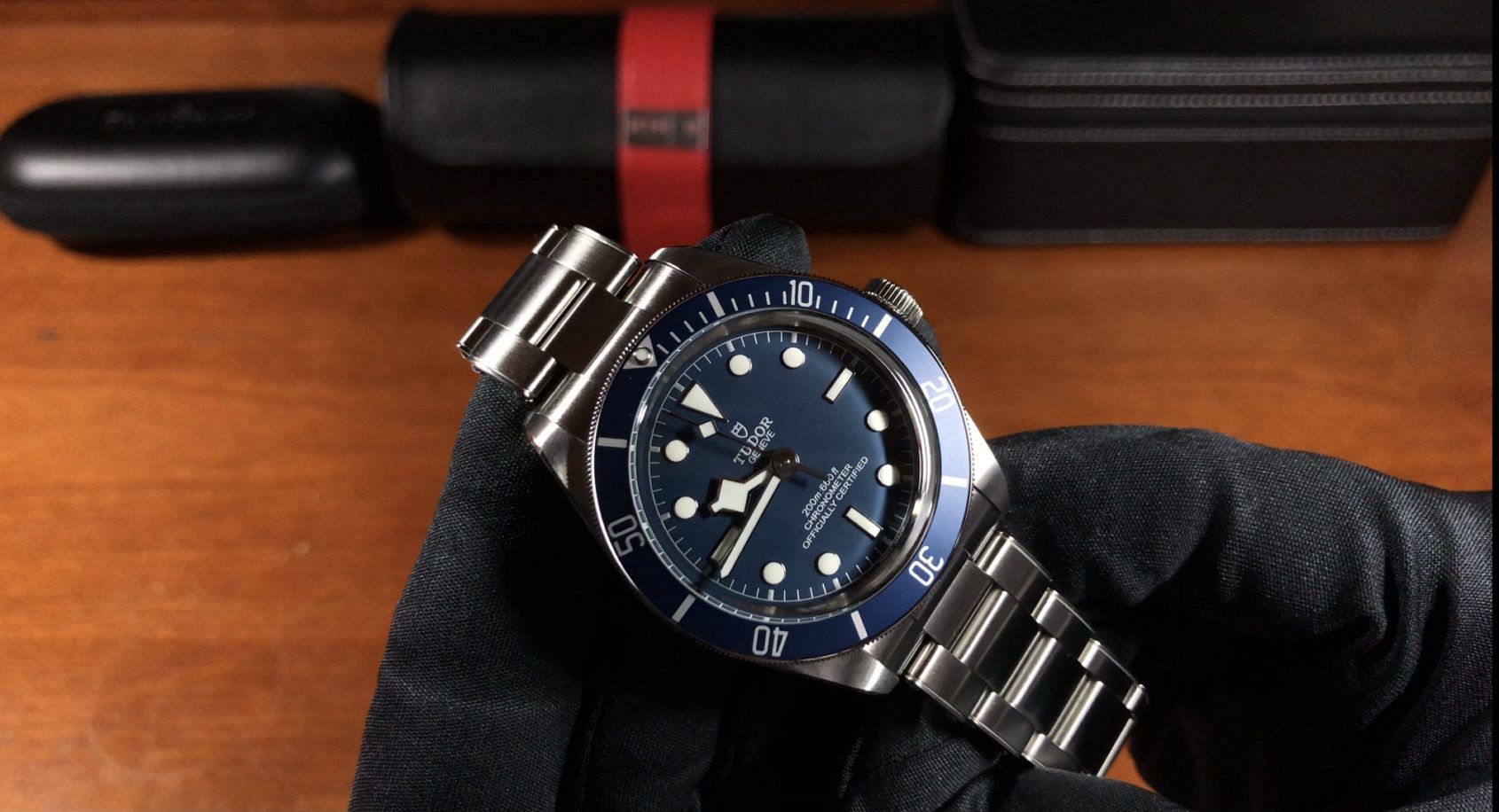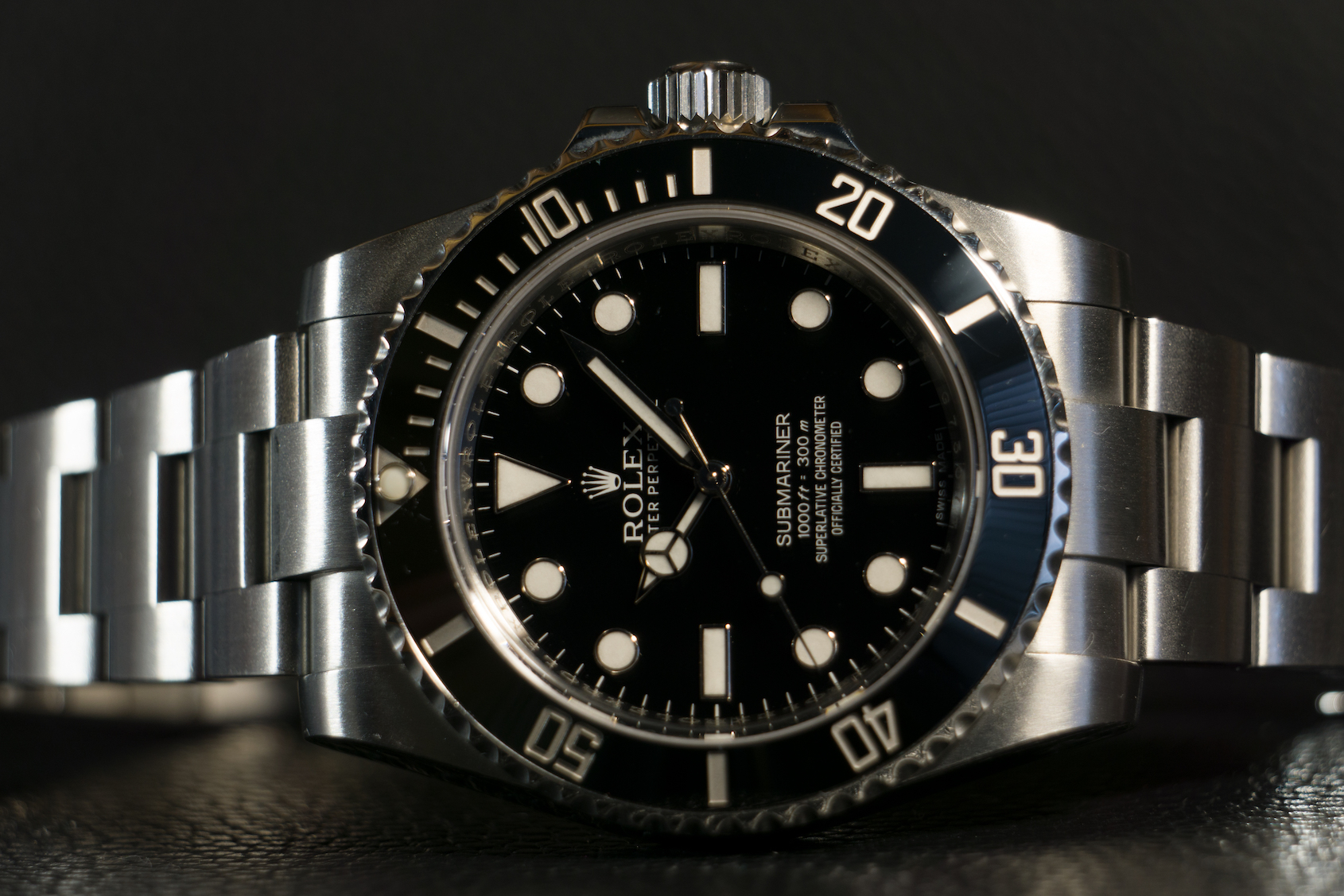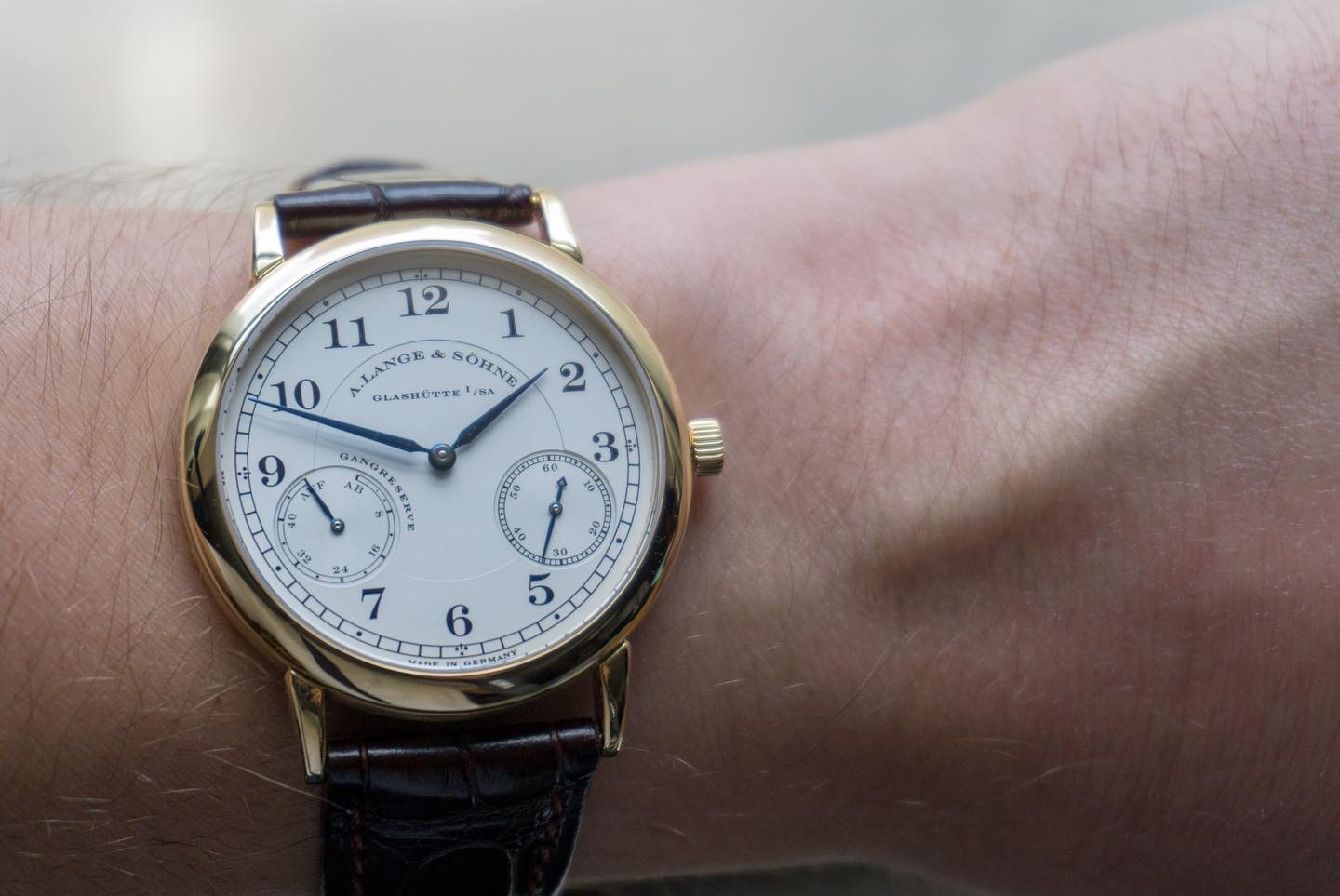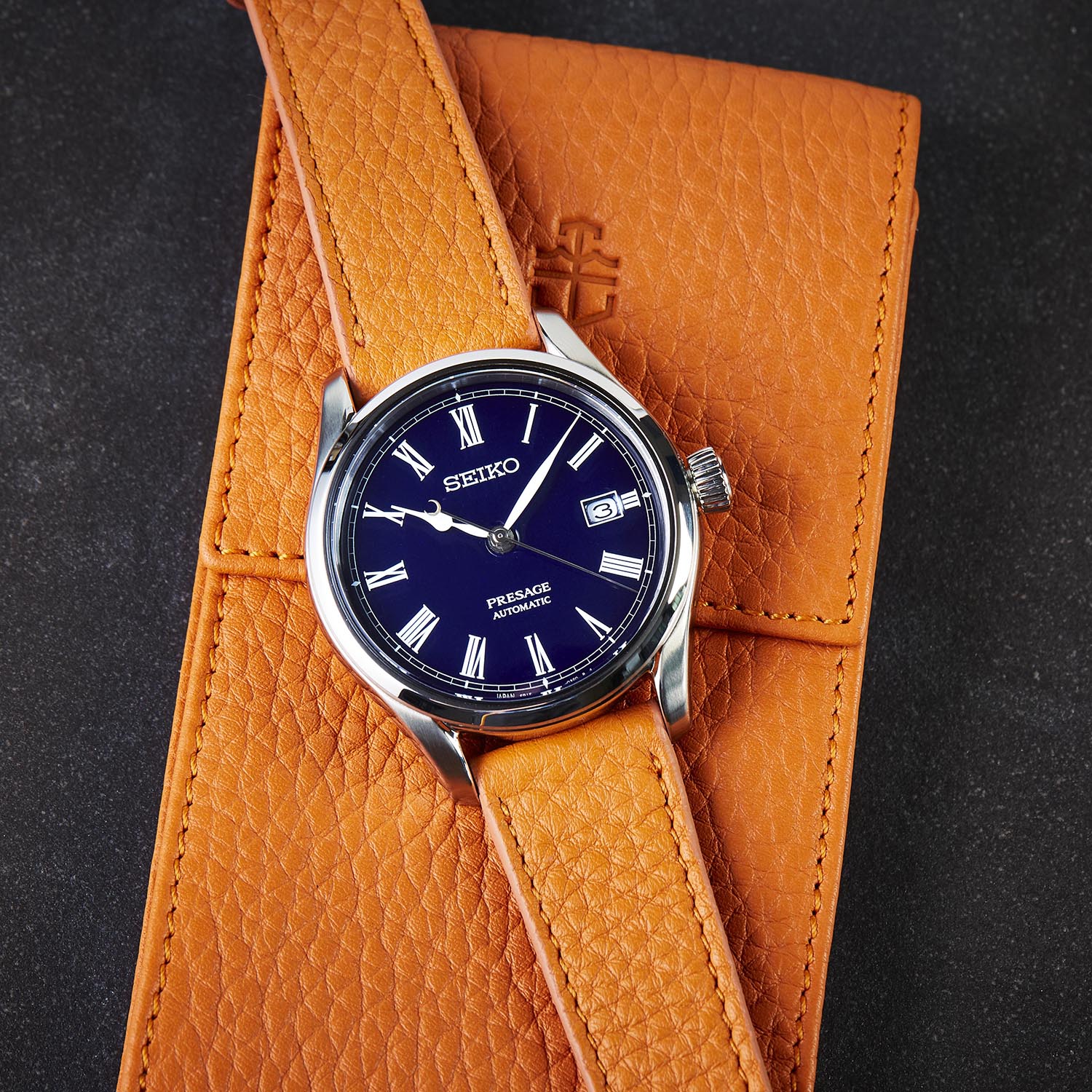“How I became totally OCD about the way I handle, clean, and store my watches”
Zach BlassBefore I throw myself under the loupe, I would like to make a few things clear. Nobody who knows me would particularly refer to me as Mr. Clean. I am not the guy who straightens the pencil on his desk, or cringes when he spots a pair of mismatched socks peaking out beneath the hem of a pair of jeans. In fact, as I type this, in front of me is last night’s pint glass stained with the dried foam from a watery tasting Bud Light, while behind me on my carpet is yesterday’s pair of socks waiting to be thrown in the hamper. I am not saying I am an utter slob, but I am definitely not a neat-freak either. But Zach the watch collector can be. My approach to my timepieces has become a serious compulsion, a hard-wired habit that adds minutes to my everyday routine. My close #watchfam friends think my personal watch ritual is weird or, at the very least, over cautious, over protective and unnecessary. But like the superstition of an athlete before a big game, once you develop a habit it becomes hard to shake and, frankly, I don’t mind the little extra work. So Zach, what exactly is this crazy watch OCD? Well, it all comes down to how I handle, clean, and store my watches.
I always wash my hands and wrist before putting a watch on…
Before I put on a watch each morning, I wash both of my hands and left wrist with soap (preferably not containing any added moisturisers). This ensures I pick up the watch pillow and watch with clean hands in order to strap it to a clean wrist. I do this for two reasons. One, it means I start my day with both my wrist and watch completely clean. Two, I do this to ensure that the space where I store my watches when I’m not wearing them is completely clean and that the watch is not sitting on a pillow saturated with sweat and grime.
I only wind or set watches with microfibre gloves or washed hands (when possible)…
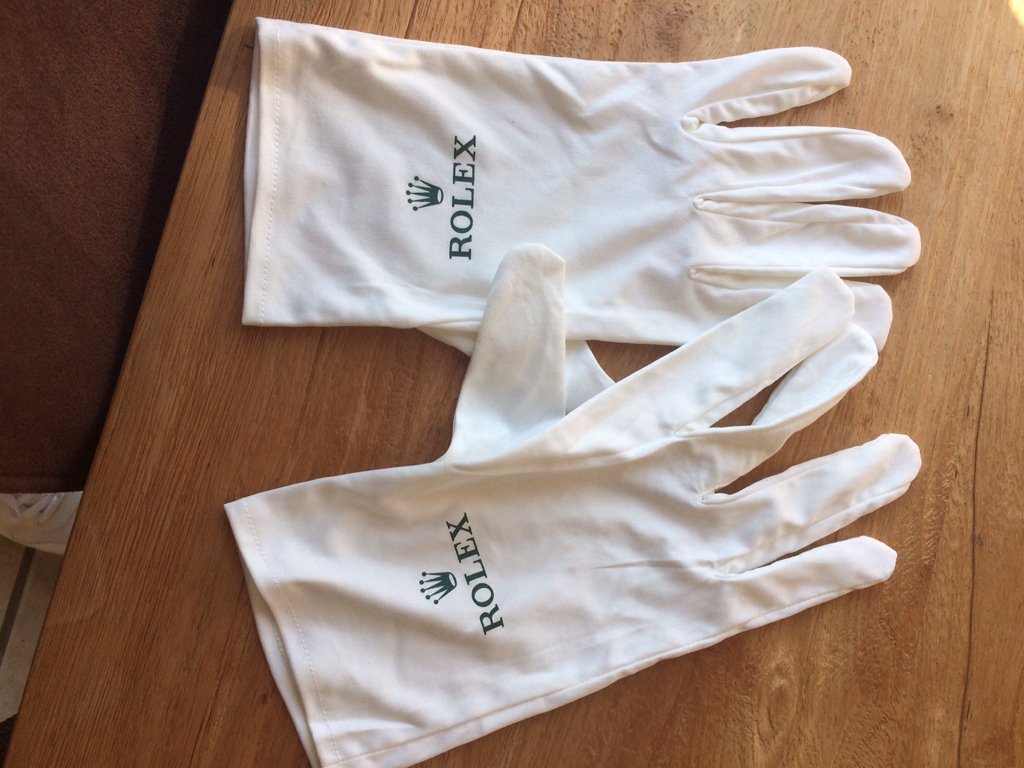
The way I look at it is if you have gloves why not use them? From my time working in retail selling Piaget watches, I have a few pairs of gloves to use at home. My hands can get quite clammy, and so it was clear that the few pairs I wore were mine once I wore them.
I keep each pair in two separate ziplock bags, and use one set for my watches over 100 metres water resistant, and another pair for those less than 100 metres water resistant. “Why?” you ask. Well, I’ll elaborate more on that later. Before handling either pair of gloves, I wash my hands before retrieving them out of their Ziploc bag. When washing the gloves and retrieving them from the laundry, I follow the same protocol – using a fresh ziplock bag each time I transfer them from laundry to Ziploc. I don’t completely seal the bags, so that they can breathe a bit. But, I lay the bags flat on my desk so dust does not enter the Ziploc.
Before you ask, no I do not travel with these gloves. This ritual for the most part does not leave my home. It is unrealistic to do so, and quite frankly it is better in terms of keeping everything sterile to touch them only when necessary.
I clean/rinse my hands and watches before storing them on their pillow in my watch box…
In this step I give my gloves a break. When it comes to how the watch leaves my wrist and enters my watch box for storage, I have two ways of doing so depending their level of water-resistance.
Over 100 metres water resistance…
For watches over 100 metres water resistance, I take off the watch and place it on a hand towel next to my sink. I then wash both of my hands and wrists, and dry them off with a clean towel. I then return to the sink, water still running, and take my watch and carefully rinse it thoroughly. I do not leave it under the stream of water for too long, less than a minute, and I always ensure the tap pressure is not too high and that temperature of the water is not scalding hot or ice cold. I then take the clean watch and dry it with a clean soft towel that I have dedicated to drying only my watches, nothing else. Once the watch has been carefully dried I then return the watch to its corresponding pillow in my watch box.
Under 100 metres water resistance…
The above is all good and well for my Rolex Submariner, but for my A. Lange & Söhne 1815 Up/Down it would be sheer blasphemy. For watches under 100 metres water resistance, it is not realistic, or always safe, to have the watch under running water – especially dressier pieces that leave the factory at 30 metres water resistant. Splashes and rain are one thing, but a stream of constant water would theoretically cause stress on the watch seals. Would anything bad happen if I did? Maybe not. But I don’t really care enough to find out, and have an alternate method to clean them before storage. I wash both my hands, and then pick up a microfiber sunglasses cloth that I only use on my watches and spray it with water inside a small spray bottle until lightly damp. With the cloth in one hand, I pickup the watch I have left on a leather placemat in front of my watch box with the other.
The placemats were not bought for this expressed purpose, but actually to assist in certain aspects of watch photography when needed. I then clean the watch carefully with the lightly damp microfibre sunglasses cloth, gently brushing the cloth with my fingers to wipe the dial crystal, caseband (from one side of the crown to the other), and caseback. With the reverse side of the cloth, I then wipe down the underside of the leather strap or bracelet. Once done, I then carefully secure the watch to its corresponding pillow and place the watch back in the box.
Well… what about when you travel?
To be honest, it is very rare I travel with more than just the watch on my wrist, and in those instances aside from showering and sleeping I just leave it on. Assuming the watch is 100 metres or more water resistant, I would simply each day rinse the watch under low water pressure while wearing the watch on my wrist and either let it air dry or dry with a very soft towel. If I were to travel with more than one watch, I’ve decided my travel cases do not have to be held to the same standard as my watch boxes as I don’t store watches in the travel cases while home or for extensive periods of time.
Final thoughts
Now I want to be very clear, once a watch is on my wrist the OCD goes out the window. At a meetup I am more than happy to let others handle my watches (assuming your fingers aren’t covered in Cheeto dust), and I do not consider any of my watches “safe queens”. I love baptizing each of my dive watches, or 100m+ water resistant watches into the ocean when I can. If you can’t put one of my watches on your wrist, it’s most likely because it is on a bracelet and I have sized it too small for you to be able to get it on.
Part of why I can relax once the watch is on my wrist, however, is because my cleaning, handling, and storage rituals ensure that the watches are clean and that the integrity of the gaskets is close to optimal. Regardless of your ritual, watches you plan on taking into the water should be pressure-tested ideally each year before the spring/summer season, or every other year if that is too often. Everything I do above is an attempt to preserve the collection I have worked so hard to put together, but to be fair I think it is clear I do not treat my pieces like “safe queens”. If anything this daily ritual is a chance to have an intimate moment with my watches and show my appreciation for the joy they bring me. We commonly hear collectors discuss their love for waking up a mechanical watch. Maybe I also simply enjoy putting them carefully to bed in my watch box as well.




